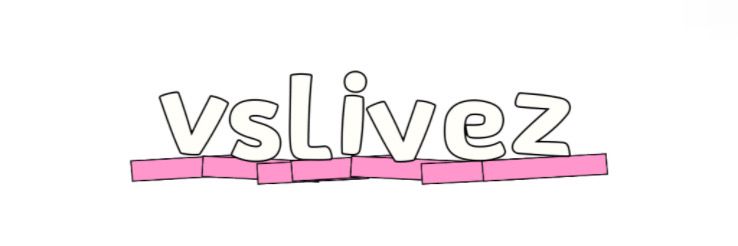Most Common Filter Plate Sizes: A Comprehensive Guide
Sep. 11, 2025
Most Common Filter Plate Sizes: A Comprehensive Guide
If you’re involved in industrial processing or manufacturing, you might have come across the term “filter plate.” Filter plates are essential components in various filtration systems, and understanding their sizes can significantly impact the efficiency and effectiveness of your operation. In this comprehensive guide, we will explore the most common filter plate sizes, their applications, and how to select the right one for your needs.
If you want to learn more, please visit our website most common filter plate sizes.
Understanding Filter Plate Sizes
Filter plates come in a variety of sizes, which can vary based on the specific application they are intended for. The most common filter plate sizes often correlate with the type of filter press used in the filtration process. Notably, common filter plate dimensions include sizes like 470x470 mm, 630x630 mm, and 800x800 mm. Each of these sizes serves a unique purpose and can influence the separation process’s efficacy.
When selecting a filter plate, it’s crucial to consider the material being filtered and the desired output. For instance, smaller diameters are often utilized for fine solid separation, while larger sizes can accommodate higher volumes and more substantial solids. Knowing the most common filter plate sizes can guide you toward making informed choices in equipment and design.
Applications of Common Filter Plate Sizes
Different industries utilize filter plates in various ways. In the food and beverage industry, for example, many businesses rely on 470x470 mm filter plates due to their efficiency in separating solids from liquids. The pharmaceutical sector, on the other hand, might opt for larger sizes like 800x800 mm to handle greater volumes during manufacturing processes.
Additionally, the mining and mineral processing industries frequently use filter plates in sizes ranging from 1200x1200 mm to even larger dimensions, depending on the specific requirements for dewatering applications. The choice of filter plate size is driven by factors such as processing capacity, the nature of the materials being filtered, and the production throughput.
Moreover, the common filter plate sizes play an important role in optimizing space within processing facilities. By choosing the right size, companies can enhance operational efficiency and ensure that equipment fits seamlessly within existing setups.
How to Choose the Right Filter Plate Size
When it comes to selecting filter plates, it’s essential to evaluate several factors before making a final decision. Start by assessing the volume of material that needs filtering, as this will influence the size you should choose. Next, evaluate the particle size and characteristics of the solids within the substance being filtered. For example, solids that are fine or fluffy may require different filter plate specifications compared to dense or coarse materials.
It’s also vital to consider the type of filter press being used. Each system may have its specifications on compatible filter plate sizes. Utilizing filter plates that are incompatible can lead to inefficiencies or even damage to the equipment. Always consult with manufacturers or suppliers to ensure you're choosing the most common filter plate sizes that align with your specific machine models.
Finally, keep in mind the material choices. Filter plates can be made from various materials, each with its strengths and weaknesses. Knowing which materials suit your filtration needs best can guide you in selecting the right size as well.
Summary
In conclusion, understanding the most common filter plate sizes is crucial for any industry relying on filtration processes. By knowing the available sizes and their applications, you can make informed decisions that enhance efficiency and optimize performance. Whether you work in food processing, pharmaceuticals, or mining, knowing how to select the right filter plate size will greatly benefit your operations.
Do you need to delve deeper into filter press technology and material selection? Click here to read more content and discover how you can improve your filtration processes today!
For more information, please visit monofilament filter cloth.
56
0
0


Comments
All Comments (0)